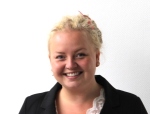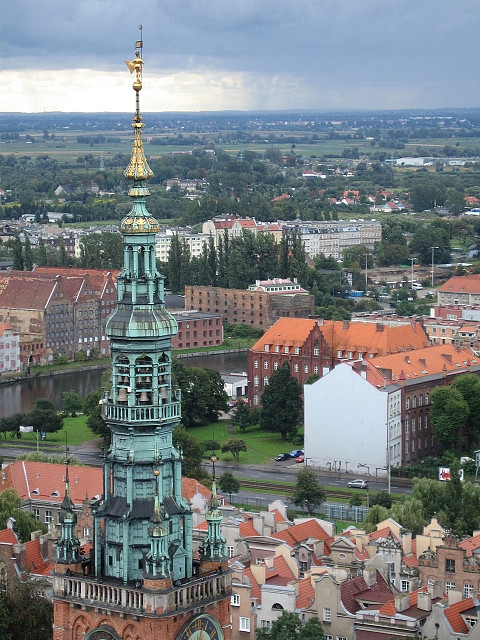
Cycling developments in the South Baltic
ABC Multimodal is cooperation between five partners in the South Baltic Region that collaborate on integrating cycling in into multimodal transports and raise the mobility culture. The project consists of the cities: Rostock, Kalmar, Gdansk and the associations ADFC Rostock and PUMA. The project is partially funded by the European Regional Development Fund and runs until 2014
Welcomes external input on study trip
On the 24-25th of September the enthusiastic ABC partners are undertaking a study trip to Freiburg in Germany and Basel in Switzerland to learn about how these two cities are promoting intermodality and cycling. The partners have already visited Copenhagen, Denmark and Malmö, Sweden in 2012 and the way they observed that the two cities have reduced car traffic and integrated cycling in the streets were of special interest.
Freiburg, Germany the “Green City” and have been working for more than 40 years on developing environmental and urban friendly transport. Basel, Switzerland is the center of the Tri-National region is planning to reduce traffic by 10% within the next ten years. Now the ABC Partners are looking for new external minds to join them on their journey to uncover and understand how the practice from these two cities can be transformed into applicable knowledge for the South Baltic region.
New bridge for cyclists
Kalmar in south of Sweden has closed a gap in the cycling network of the city, reports ABC Multi modal. After a report from spring 2012 that showed that improvement of cycling infrastructure to commercial areas would increase the amount of consumers by bicycle, the new bridge for cyclists across the motorway E22 was opened in May. The new bridge connects the Hansa shopping area around IKEA in the north of the city with residential areas and the old town in the south. The study from 2012 showed that 11-19% of those arrive by car would cycle if the infrastructure allowed it. The analysis shows that 59% use sustainable forms of transport (cycling, walk, bus, train) to reach the city center. 38% of the consumption in the city center is generated by cyclists and pedestrians, 28% in the city as a whole.
Cycle monitors installed
A few weeks later Kalmar installed its first cycling monitor of the city. The cycling monitor is situated at the new cycling bridge. City councilor Bertil Dahl representing bike issues says to ABC Multi modal that the cycling monitor shows the number of cyclists per day and per year on a display. The opening even was celebrated with the municipality offering free bike checks to passing cyclists and handing out the new cycling map over the area.
Another cycling monitor has also been put into place in Rostock by the EuroVelo 7 on the route between Berlin and Copenhagen. This is the city’s second cycle monitor and it has been placed close to the tourist center in the old town and harbor. The new cycling monitor is meant to measure the number of cyclist and displays the count along with time and temperature. 7
Read more news from the South Baltic region here
About the Author
 Anette Christiansen is a Communications Assistant at the European Cyclists’ Federation. She holds a Masters-degree in European Tourism Management (EMTM) and is specialized in Cycling Tourism.
Anette Christiansen is a Communications Assistant at the European Cyclists’ Federation. She holds a Masters-degree in European Tourism Management (EMTM) and is specialized in Cycling Tourism.
- Log in to post comments
Contact the author
Recent news!
Upcoming events
Contact Us
Avenue des Arts, 7-8
Postal address: Rue de la Charité, 22
1210 Brussels, Belgium











